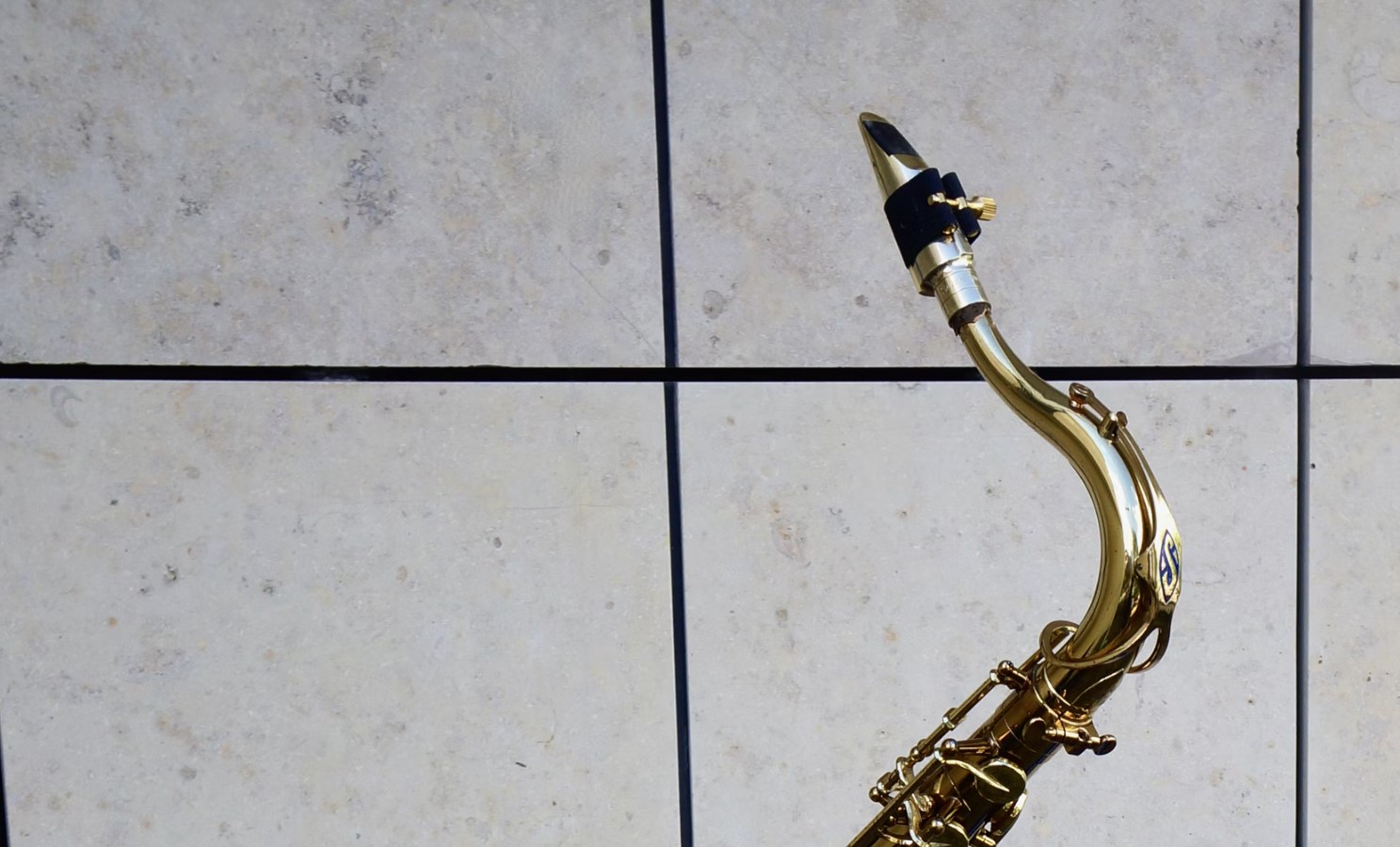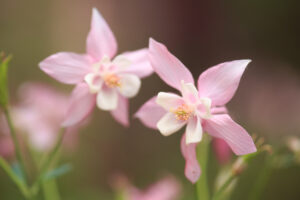
What is a reed? What is a double reed?
If you’re not a musician, when you hear the word ‘reed,’ you probably think of the tall, slender green leaf that grows and sways on the outskirts of ponds and lakes. But did you know that the mouthpieces of woodwind instruments, like the clarinet, oboe, and saxophone, are all made from the hollow stems of these plants?

The cane of the Arundo donax, which is also known as the giant reed plant, is stripped of its leaves, and left outside to soak in the sun, resulting in a nice golden-brown color. The canes are then dried by the wind, and aged for a few years, until they are placed inside a humidity-controlled factory where they are cut into smaller tubes and split into four thin pieces. Next, the cane is cleaned, cut, and sanded into a shape that is flat on one side and conical on the other. Finally, it’s time for the most important step—the reed-cutting process. With a blade, the red is shaved, gently and carefully, from the back toward the tip and then lastly, the very top is cut ever so precisely.
Sounds like a lot of work for such a tiny, fragile, thin reed? Well, you’re right—it sure is a lot of work, but for good reason. The reed is what vibrates and creates sound. Without a reed, the instrument simply cannot be played. That is why many professional oboists and bassoonists will purchase cane—already sanded into a flat-conical shape—and cut their reeds themselves.
As a former oboe player, myself, I know, firsthand, how crucial, complex and finnicky a double reed can be. If you do not have a quality reed, your instrument will be out of tune, or it may even squawk like a dying flamingo! I can’t tell you how many times I showed up to band practice with a reed that had accidentally cracked in the case, and my oboe wouldn’t make a single sound at all! That is why you always pack a back-up, or two, or three.
Anyway, you may still be wondering, what is the difference between a reed and a double reed? Well, it’s actually quite obvious when you think about it—a single reed only consists of one piece of finely manipulated cane and thus, must be attached to a mouthpiece, while a double reed has two reeds that vibrate against one another to create a sound. A double reed twists into the top of the instrument, standing alone, while the single reed is fastened directly onto the mouthpiece.
Now, check out the song below, which features the wonderful Wayne Escoffery on saxaphone, to hear a single reed in action!
John DiMartino, Joe Magnarelli & Wayne Escoffery – Tell Me Why
Despite the fact that a saxophone is made of metal, it uses a single reed, which classifies it as a woodwind, not a brass instrument. As you listen to the sax solo in this tune, you can think about and appreciate all the hard work that went into make the reed!
And if you’re looking for more jazz music that merges the musical artistry of new songs with the jazz classics, check out our recent release, Old New Borrowed & Blue, which is available on all major music platforms and in our store today!
This post was written by Blog Editor, Jacqueline Knirnschild.





